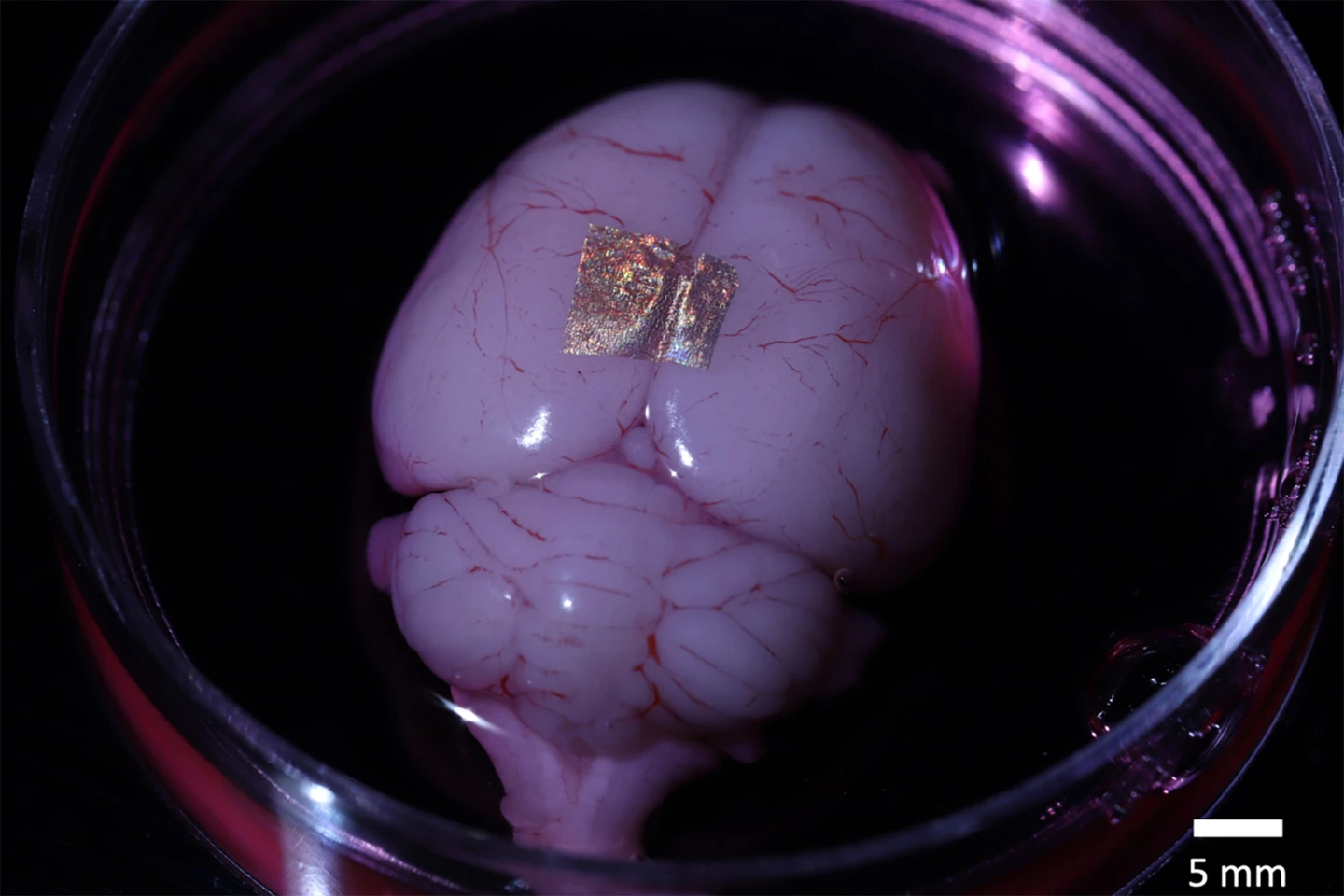Researchers have created a nanoscale electronic ‘tattoo’ sensor that can attach to a live, individual cell without damaging it. The breakthrough development could be used to monitor cell health and puts us one step closer to getting the jump on disease diagnosis.
Researchers from Johns Hopkins University built the tiny tattoo sensors out of gold nanopatterns because of the element’s high conductivity and ability to prevent signal loss and distortion. Their goal was to bridge the gap between living cells and conventional sensors and electronic materials.
“If you imagine where all this is going in the future, we would like to have sensors to remotely monitor and control the state of individual cells and the environment surrounding those cells in real time,” said David Gracias, a corresponding author of the study. “If we had technologies to track the health of isolated cells, we could maybe diagnose and treat diseases much earlier and not wait until the entire organ is damaged.”
Attaching an electronic tattoo to something as small as a human cell is a challenge, not only because of the cells’ size but because the structure needs to be flexible enough to mold to the cell’s curved surface, needs to stay attached and can’t damage the cell.
“We’re talking about putting something like an electronic tattoo on a living object 10 times smaller than the head of a pin,” said Gracias. “It’s the first step toward attaching sensors and electronics on live cells.”
Gold nanodots and nanowires were laid on a silicon wafer before being transferred to a biocompatible alginate hydrogel which the researchers affixed to rat brain tissue and cell sheets comprised of a single layer of live mouse fibroblast cells – these cells make connective tissue that supports and connects other tissues and organs in the body. The nanostructures conformed to the shape of the cells and stayed attached for 16 hours, even when the cells moved, and – importantly – did not damage the cell.

“We’ve shown we can attach complex nanopatterns to living cells, while ensuring that the cell doesn’t die,” Gracias said. “It’s a very important result that the cells can live and move with the tattoos because there’s often a significant incompatibility between living cells and the methods engineers use to fabricate electronics.”
In addition to the early detection of disease, the researchers foresee many applications for their newly developed technology, including creating biohybrid materials, bionic devices and biosensors. They plan to try creating more complex nanocircuits that can stay attached longer and experimenting with different types of cells.
The study was published in the journal Nano Letters.
Source: Johns Hopkins University






